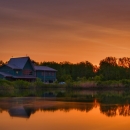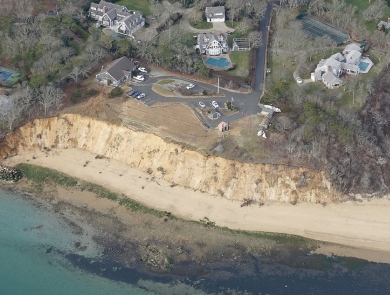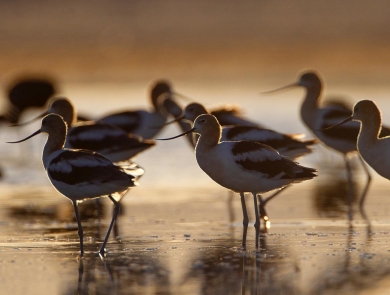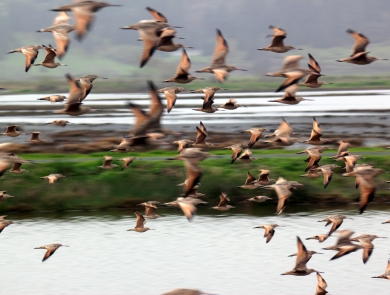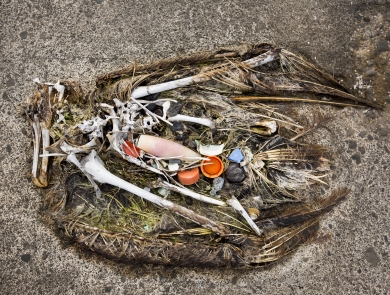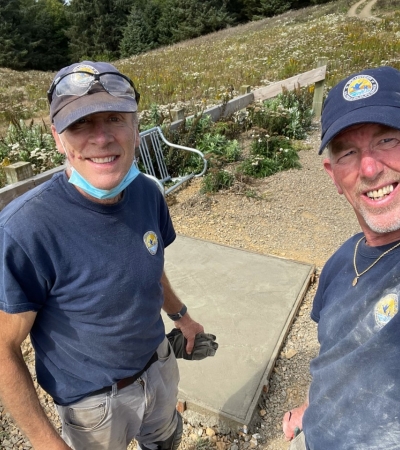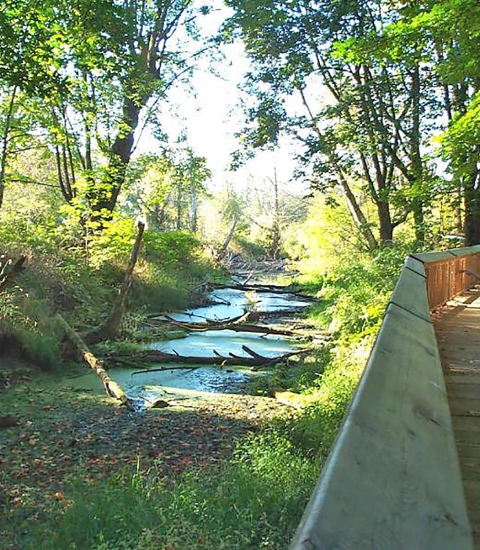Facility
Location
14000 West State Route 2
Oak Harbor, OH 43449
United States
Volunteer Position Overview
About This Position
RV Volunteers at Ottawa National Wildlife Refuge typically spend their time assisting with maintenance of the public areas mowing, maintenance, VC operations, and visitor program support. Volunteers with FWS trainings such as Ag tractor/UTV and/or construction or carpentry skills are currently highly desired.
As an RV Volunteer we have a flexible start date of mid-April through July and ending by the end of September and we request at least 20 hours of volunteer work per week, per volunteer, in exchange for an RV site with electric, water and sewer hookups.
Duties/Activities
Stories About Volunteering
Other Ways to Work with Us
Are you looking for something different than a volunteer opportunity? The Fish and Wildlife Service employs around 9,000 people nationwide and offers great internship opportunities every year.
